Assaying Nickel Determination Methods
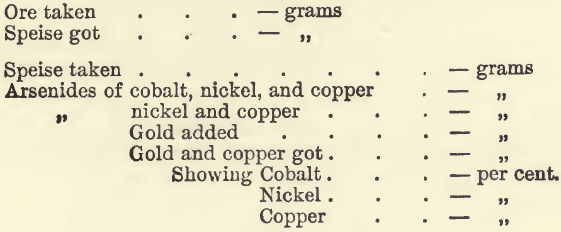
Nickel and cobalt are closely related in their chemical properties, and may best be considered together. Nickel is the commoner of the two, and is met with in commerce alloyed with copper and zinc as German silver; as also in the coinage of the United States and on the Continent. It is used for plating […]
Procedure & Method for Activated Carbon Testing Program
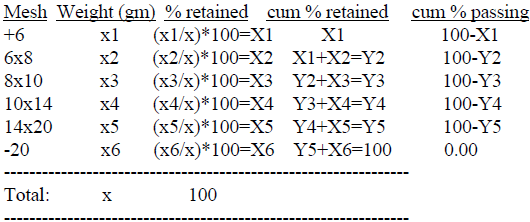
OBJECTIVE: Evaluation of Westates Metasorb 321G (6×12) virgin activated carbon as compared to medium activity carbon from alternate vendors. PROJECT SCOPE: The following variables will be evaluated: Apparent density. Initial moisture content. Fine carbon losses following pre-soak. Particle size distribution of pre/post attrited carbon. Attritioning rates and losses with/without silica media. 24 hour adsorption rate and […]
Stoichiometry of Excess Reagent Quantities

In this Example of Stoichiometry of Excess Reagent Quantities determination we show how do you determine how much of the excess reagent is left over & how to calculate how much more of the limiting reagent is needed to use up the excess reactant? Introduction: So far we have assumed that a given reactant is completely used up […]
How to do a Manual Titration
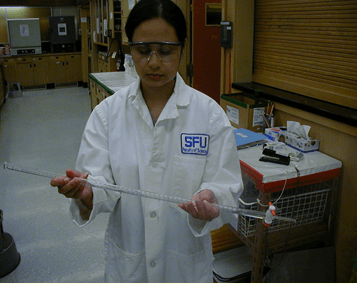
Those who do not know How to do a Manual Titration get their chance here with the step-by-step procedure. Rinse the inside of the Burette Rinse the burette with 2-3 mLs of standarized NaOH solution. Make sure all inside walls including the tip are rinsed. Fill the Burette Discard the rinse solution into the sink or a […]
Gold Assaying Methods
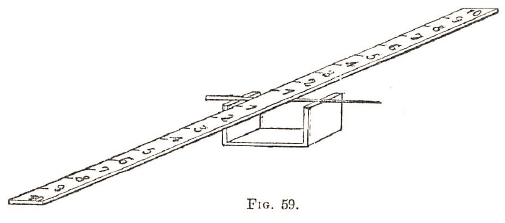
To determine the amount of gold metal in ore, there are two kinds of gold assay adopted: The dry assaying method (i.e. by fusing the powdered ore with or without fluxes). The wet assaying method (i.e. by the agency of liquids). In the principal wet assay, the ore is thoroughly dissolved in acids, and, by […]
Wet Metal Assay Techniques
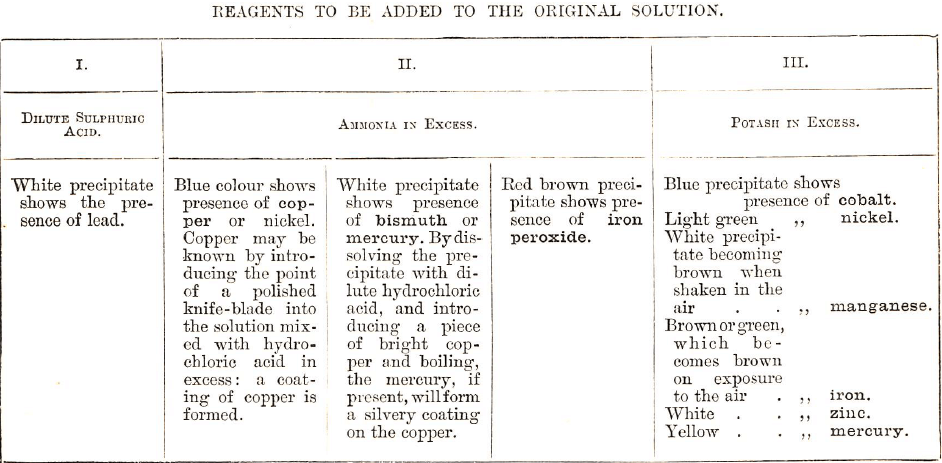
Wet Metal Assay Techniques include a method by which the “ore” is turned into powder and thoroughly dissolve it in some liquid, usually an acid, or mixture of acids, and then to recognise the presence of some known metal or metals by the peculiarity of the precipitate produced, when a reagent has been added to the […]
Blowpipe Assaying
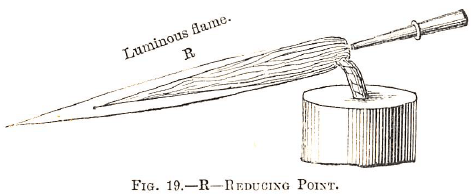
How to make and use a blowpipe to test and perform a metal analysis for the presence of various minerals by evaluating the nature of the flames. Methods of testing in an open tube and a tube closed at one end.—On charcoal with carbonate of soda.—With borax and microcosmic salt on platinum wire.—Tables of reactions -with […]
Zinc Cyanide Plating Process

In order to secure definite information regarding the best conditions of operation of plating solutions, it is necessary first to obtain reliable methods for preparing and analyzing solutions of any given composition. This need has been especially felt in connection with such mixtures as the zinc cyanide plating solutions in which, as will be explained […]
Agitated Cyanide Gold Leaching Test
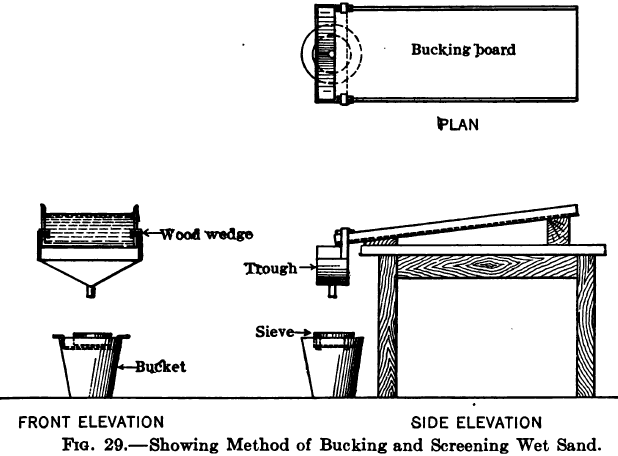
In the old days laboratory tests were usually made by mechanically shaking up in a bottle for a given time a charge of ore and cyanide solution. The most generally convenient device for this purpose is a wheel, to which are attached boxes, each capable of containing a standard acid bottle, and with means for […]
Unconfined Compressive Strength Test of Rock

This test method specifies the apparatus, instrumentation, and procedures for determining unconfined compressive strength of intact rock core specimens. This procedure is identical to ASTM D 2938 except that the cores are tested after cutting without grinding, and neoprene caps are used on the specimen ends. Unconfined Compressive Strength Test Procedure Check the ability of the spherical seat […]
